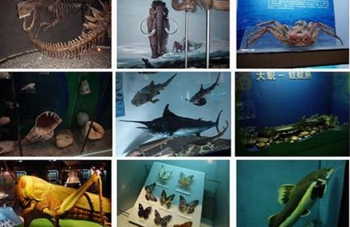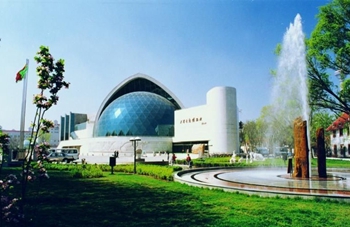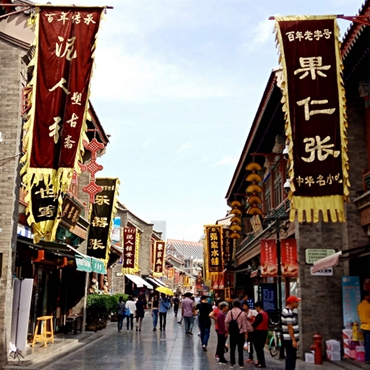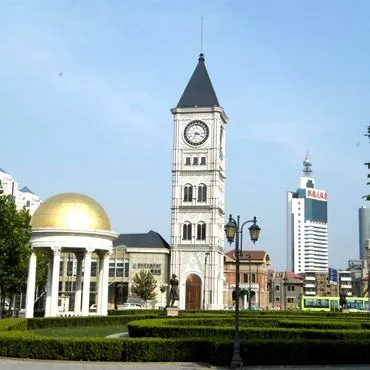Tianjin Museum of Natural History


The Beijiang Museum (ever named White River of the Yellow River Museum), as the predecessor of Tianjin Museum of Natural History, was founded in 1914 by Emile Licent(1876-1925, Chinese name is Zhihua Sang), a French Jesus bachelor and doctor of zoology. Zhihua Sang, worked in China for 25 years (1914-1938),exploring humanities, geography, geology, Meteorology and propagation resources across wide areas between the Yellow River valley and Haihe River Basin. Spanning 50 thousand kilometers, he collected 200 thousand specimens including ancient lives, animals, plants, ancient human, granite mine and other specimens. The propagation fossils from 4 areas: Qinyang of Gansu, Yushe of Shanxi, Nihe Gulf of Hebei and Salawusu of Inner Mongolia, the integrality and richness are very rare in the world.
Thanks to the donation of French Catholic Church, the first office building (northern building) of Beijiang Museum was founded in 1922 and in 1925 connected constructive showcase room which opened in May 1928. The collection building (southern building) began to found in 1929 and was completed in 1930. Therefore, the construction of Beijiang Museum formed the shape like the letter “Z”. Leaded by curator Zhihua Sang of Beijiang Museum, it had become a preeminent museum and the publications influenced greatly on the geology and biology in North-China.
The Anti-Japanese War broke out in 1937 and major areas of East-China, North-China and Northeast-China had been encroached, so Zhihua Sang halted his excavated work. From 1938 to 1949, the museum was in watch and was taken over by the Private Tanggu College in Feb.1951.
In Sep. 1951, the Publicity Department of Municipal Committee of Communist Party of China took over the Beijiang Museum. In Jun. 1952, the Tianjin government approved to organize the Committee of Tianjin Science and Technology Museum based on the Beijiang Museum and in November Tianjin Science and Technology Museum was founded (renamed as Tianjin Museum of Natural History in Jun.1957). In 1959, the display exhibition and office address had been moved to Hexi District, Machang Course No.272 (original stable of English hippodrome). In the same year, Moruo Guo, (the vice premier of Government Administration Council, the director of Cultural Education Committee and dean of Chinese Academy of Sciences) named the museum. In Aus.1968, Tianjin Museum of History, Tianjin Museum of Art and Tianjin Natural Museum had been incorporated as Tianjin Museum and in Dec. 1973, every museum created organizational system. Our museum was renamed as Tianjin Museum of Natural History. In 1975, the former address had been changed as the showroom and in 1978 it opened.
In 1997, the Tianjin Government invested to reestablish Tianjin Museum of Natural History and it reopened in 1998. The new museum is composed of 4 functional areas: repository, collection storage, vocational building and vivarium, occupying 20 thousand square meters, the build-up area 12 thousand square meters. The main building is that the translucent sphere and matched white-shelled body form a view of “A pearl being put inside the mouth of seashell” that implies the natural museum is a brilliant pearl sparking on the Bohai Sea.
Location: No.206 Machang Course, Hexi District, Tianjin City
Entrance Fee: Exhibition Hall RMB 10, Wild Life Kingdom RMB 20
Opening Hours: 9:00-17:00, Closed on Every Monday
Transportation: Take Bus No.807 and get off at Laoweili, and then walk about 400 meters.














